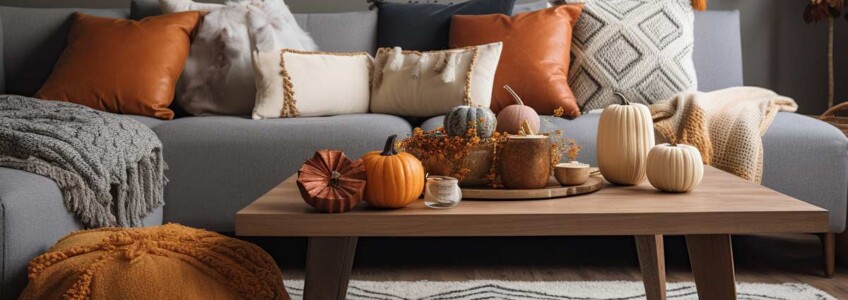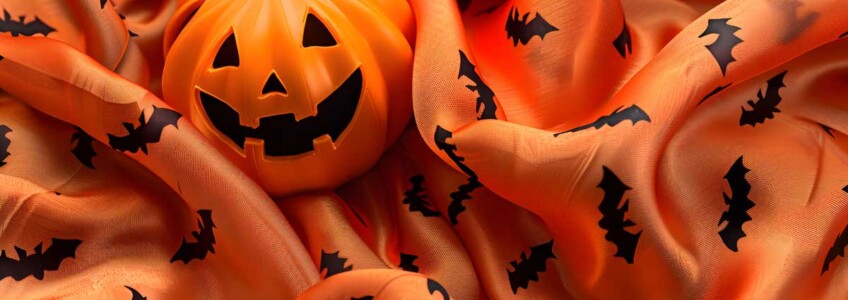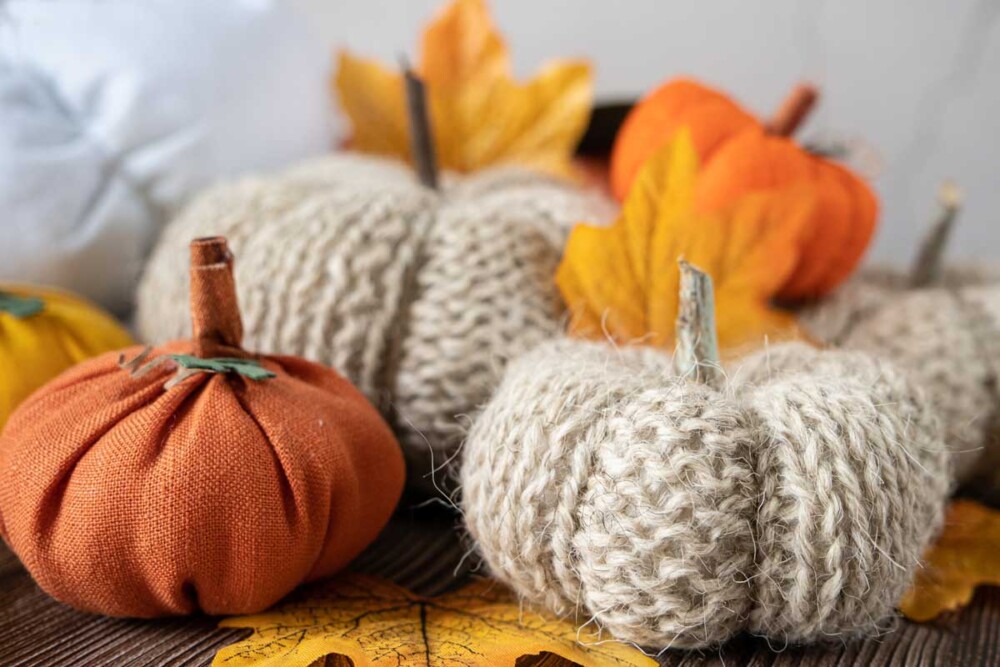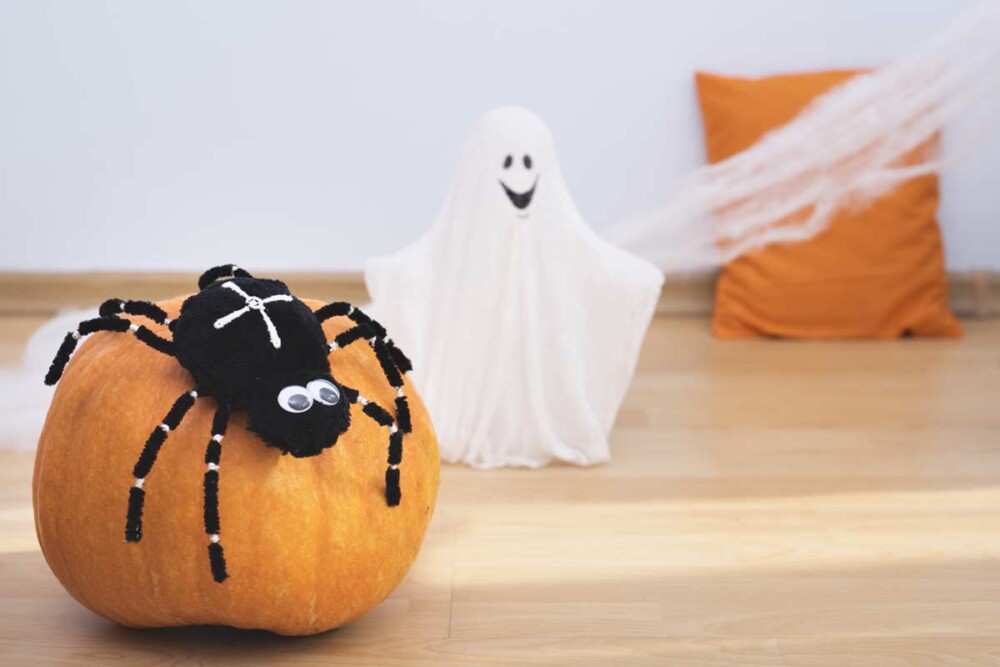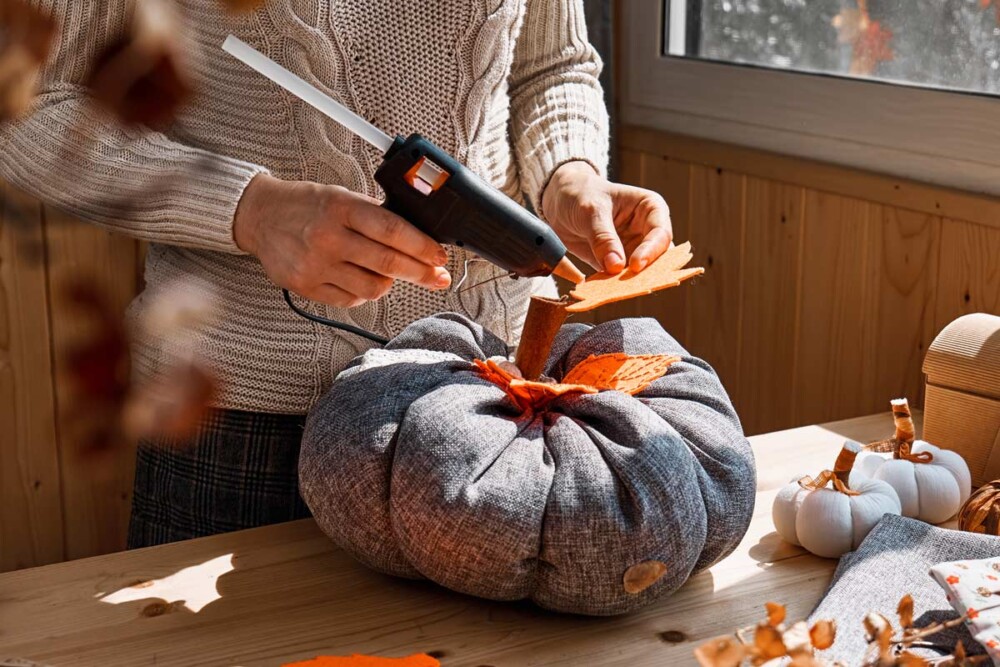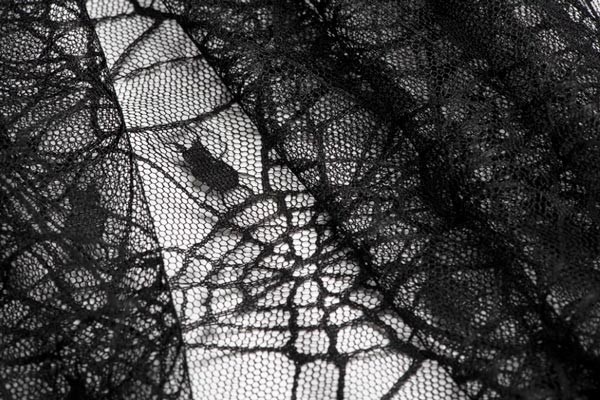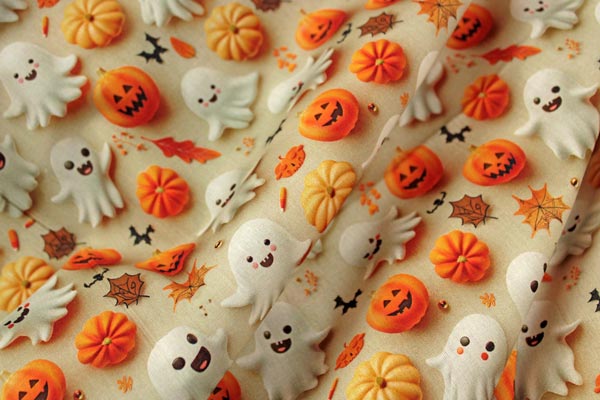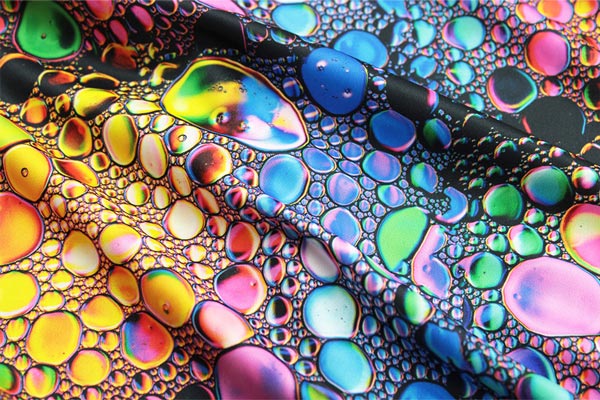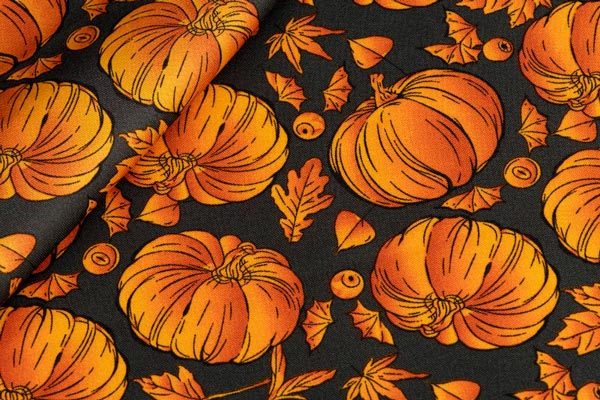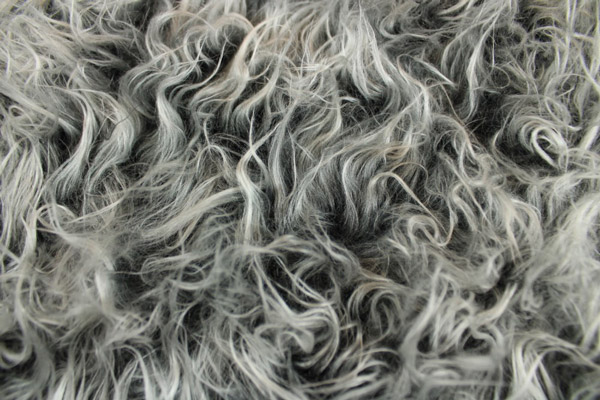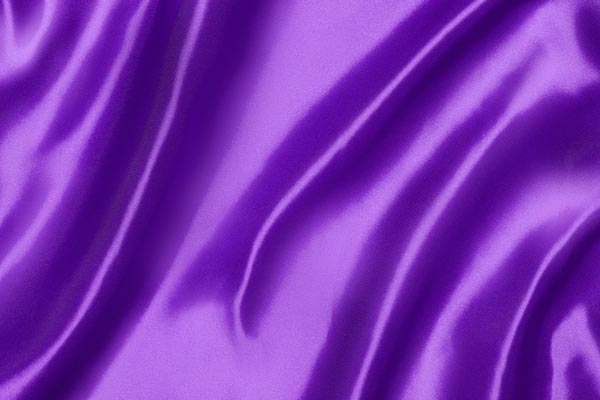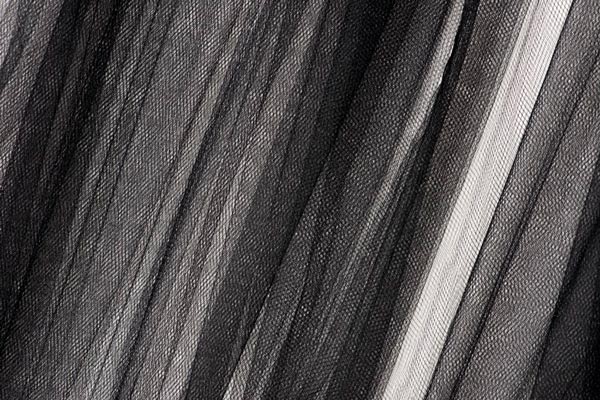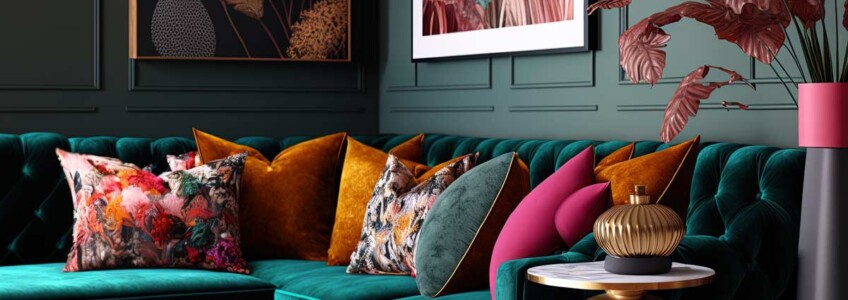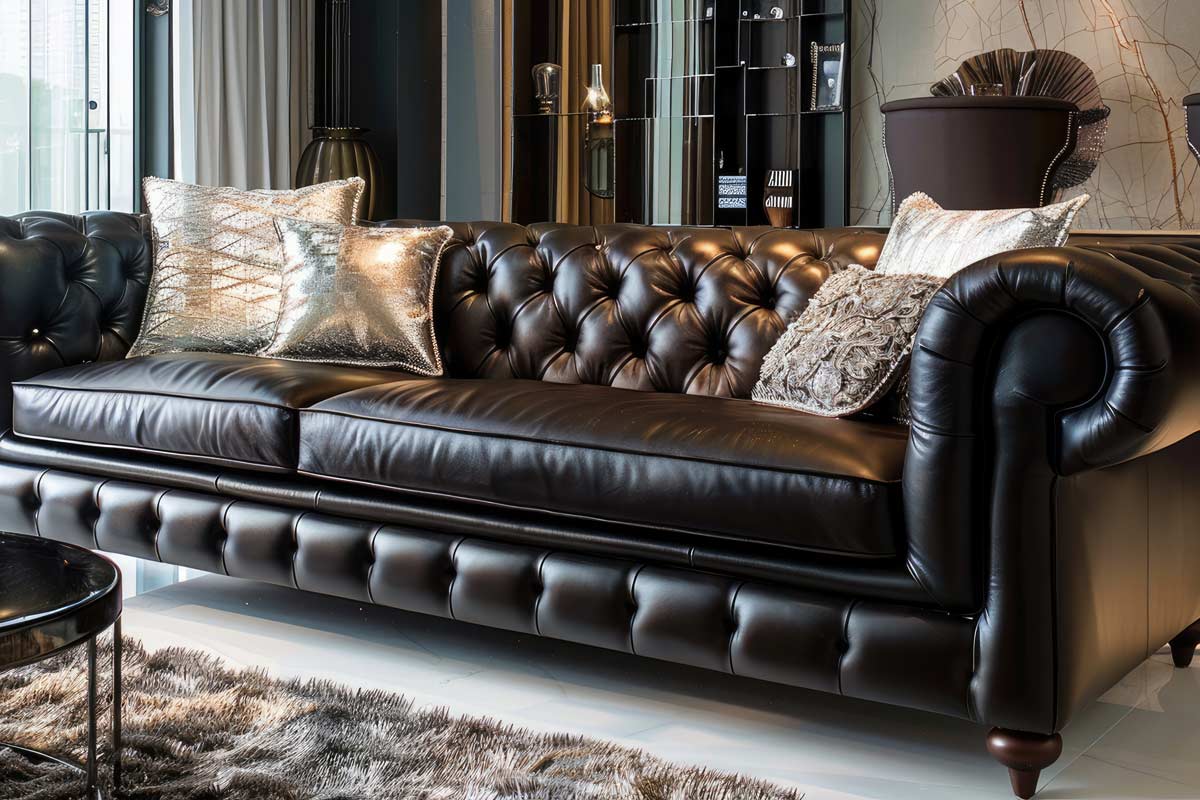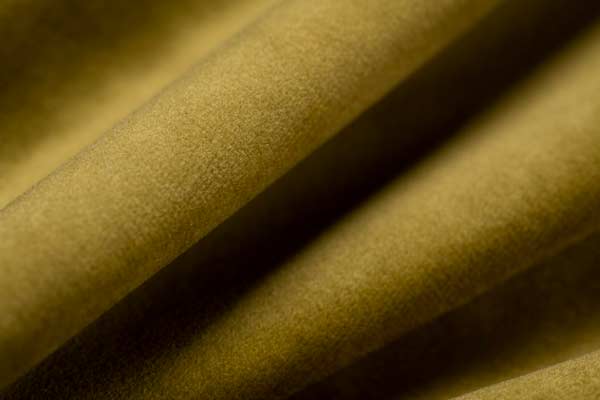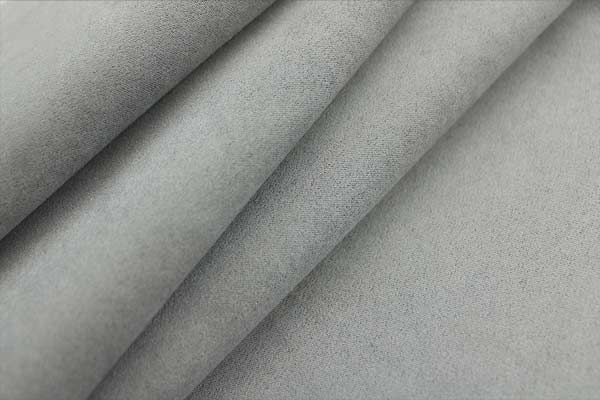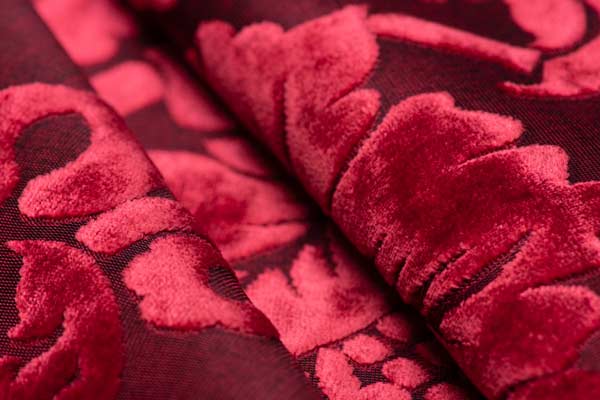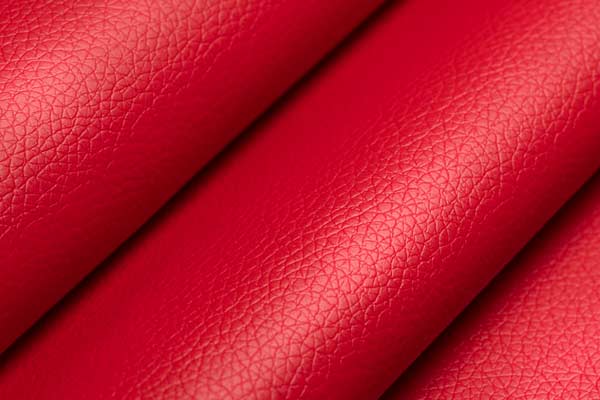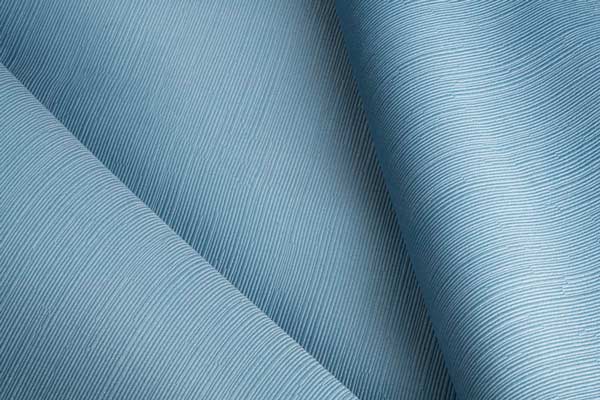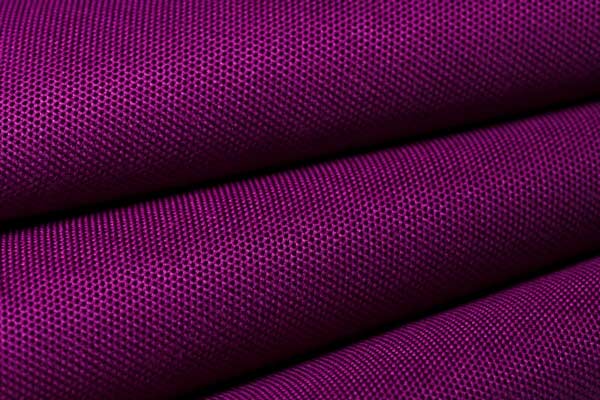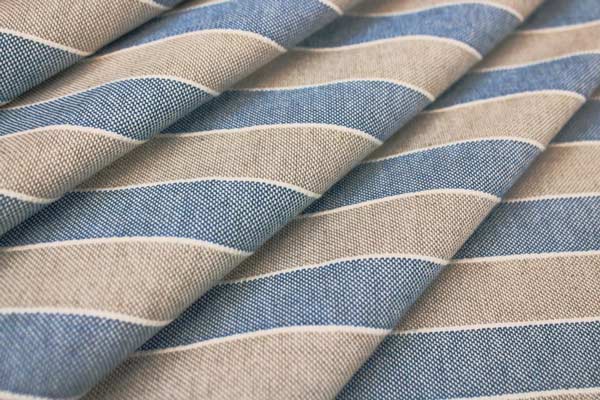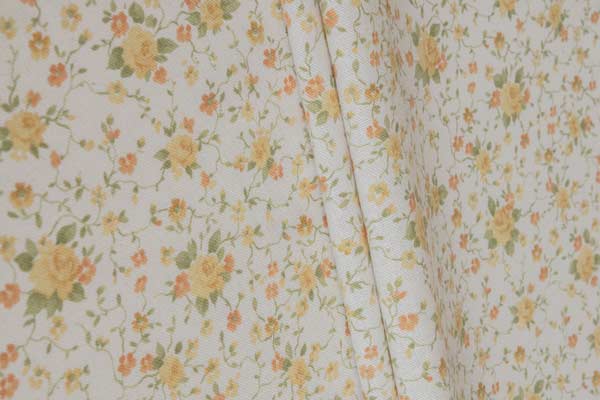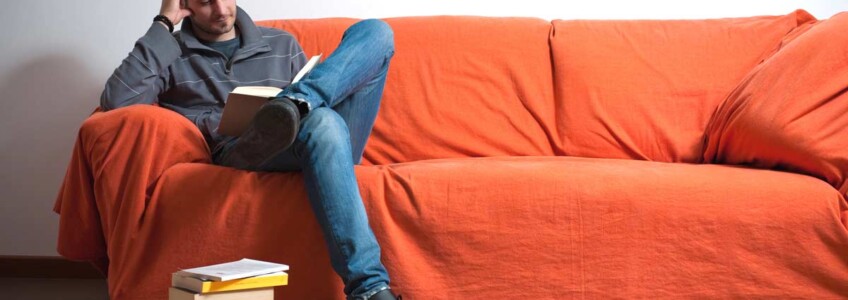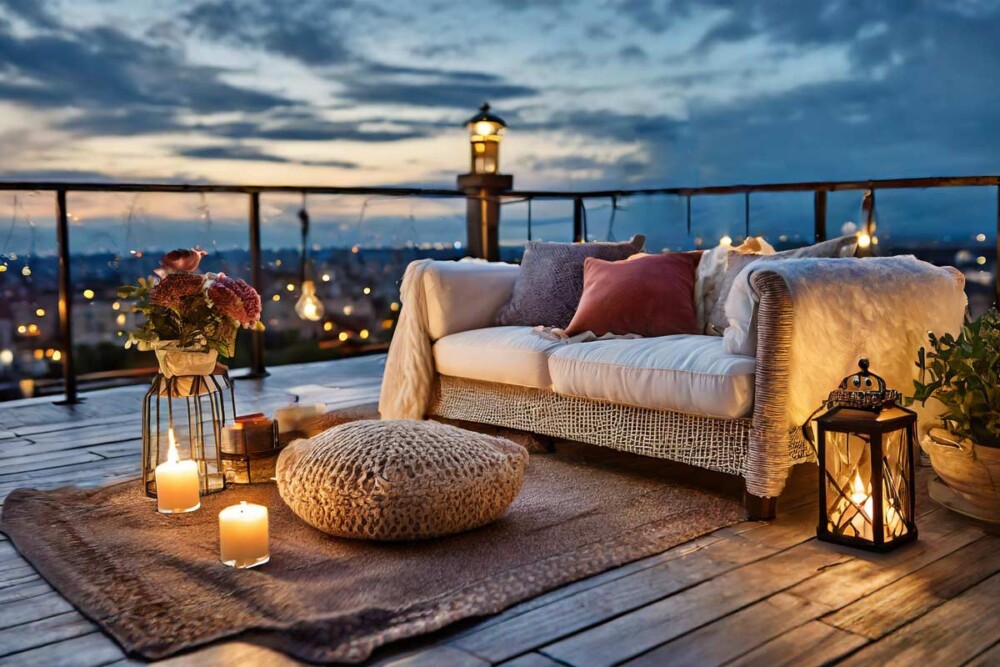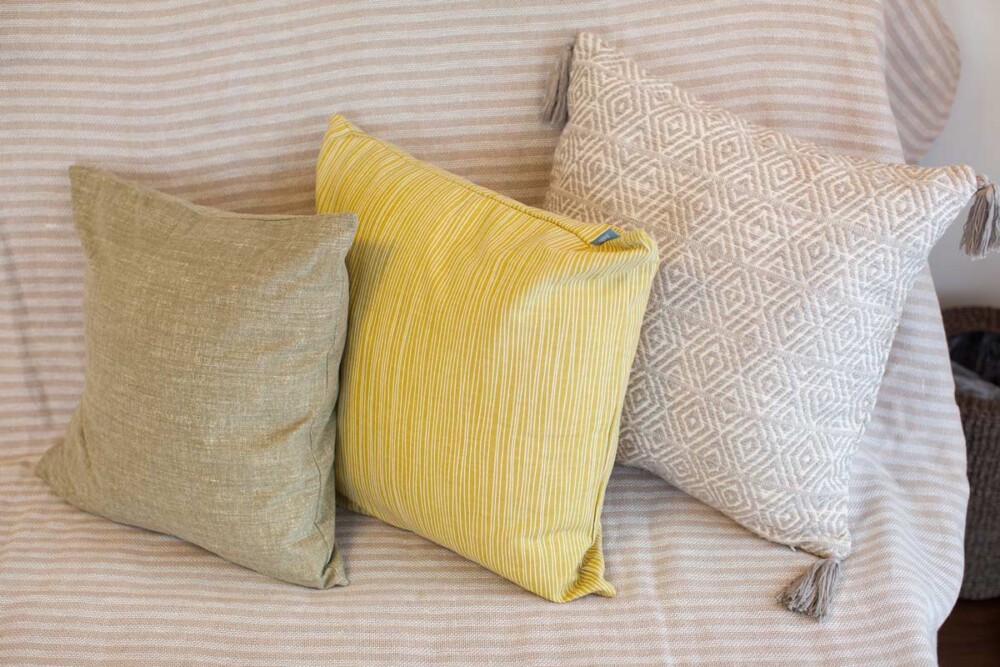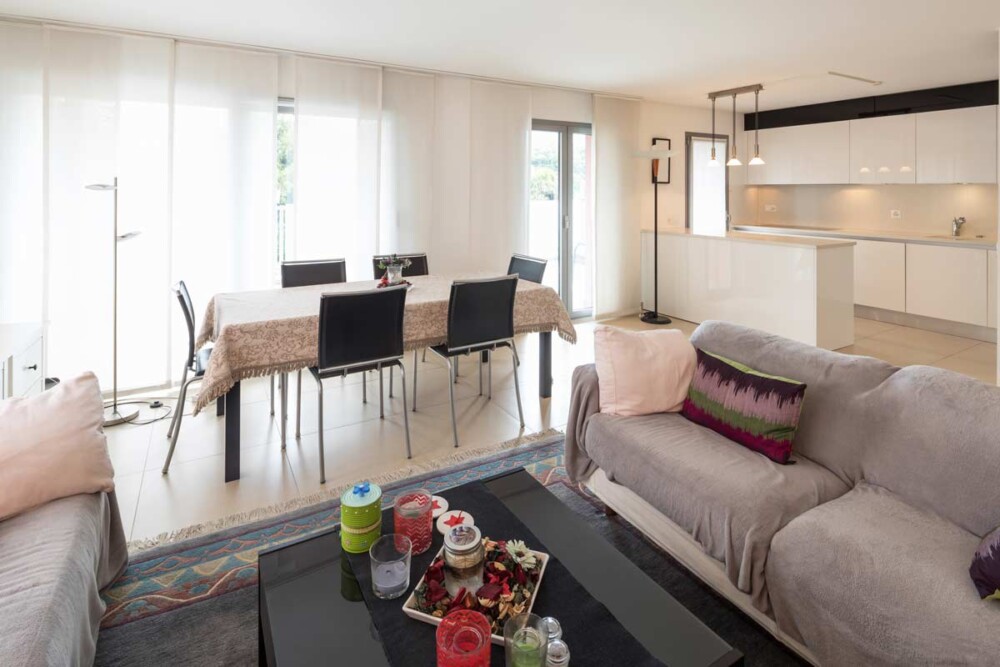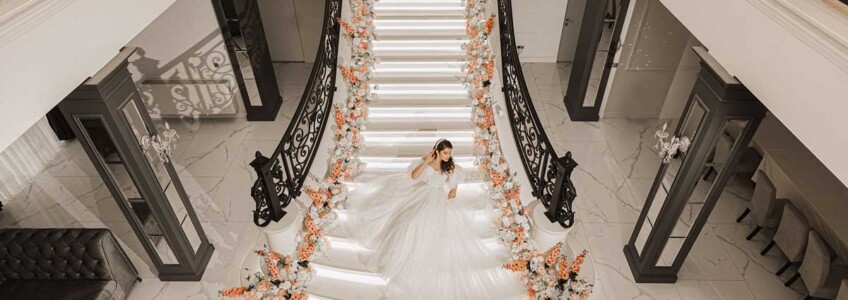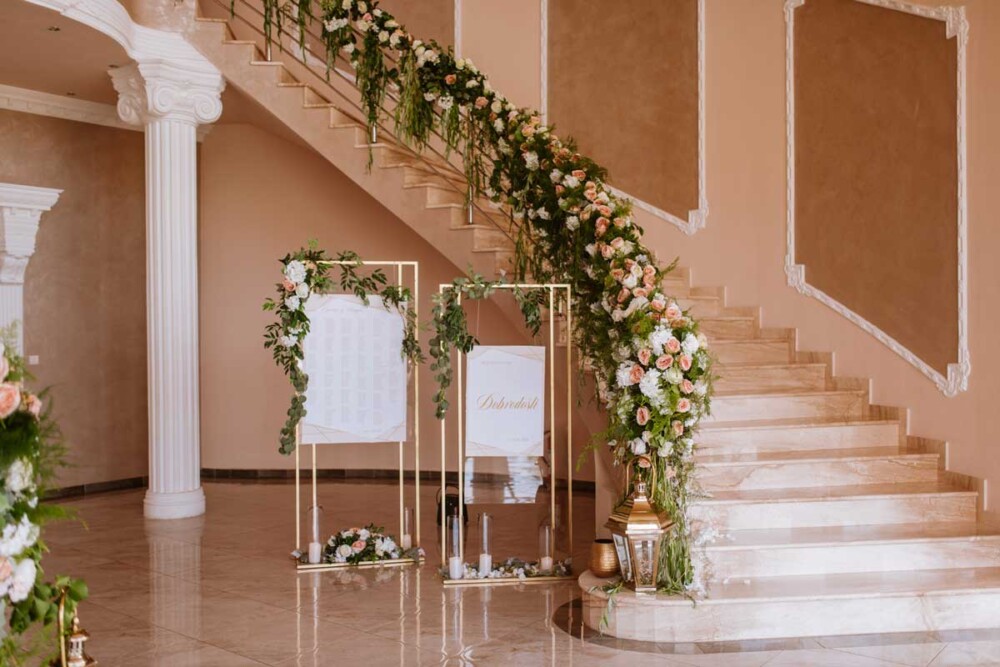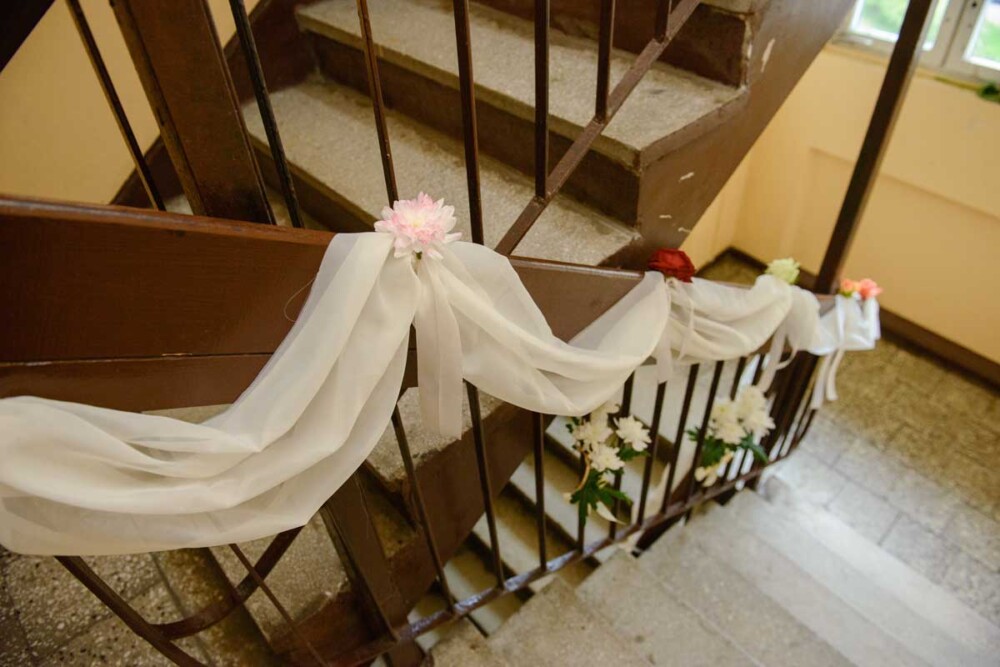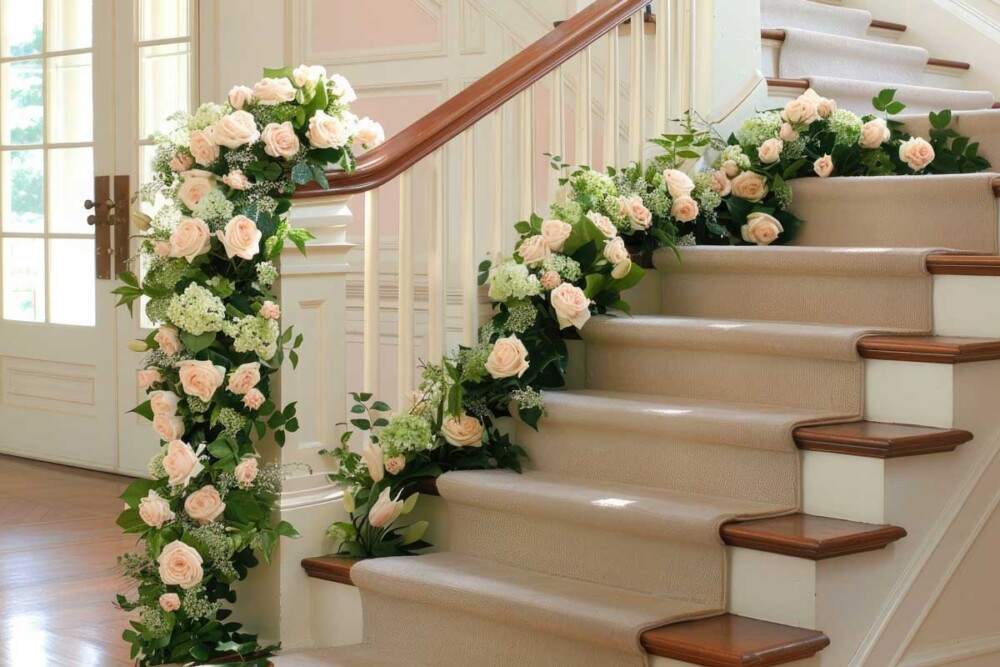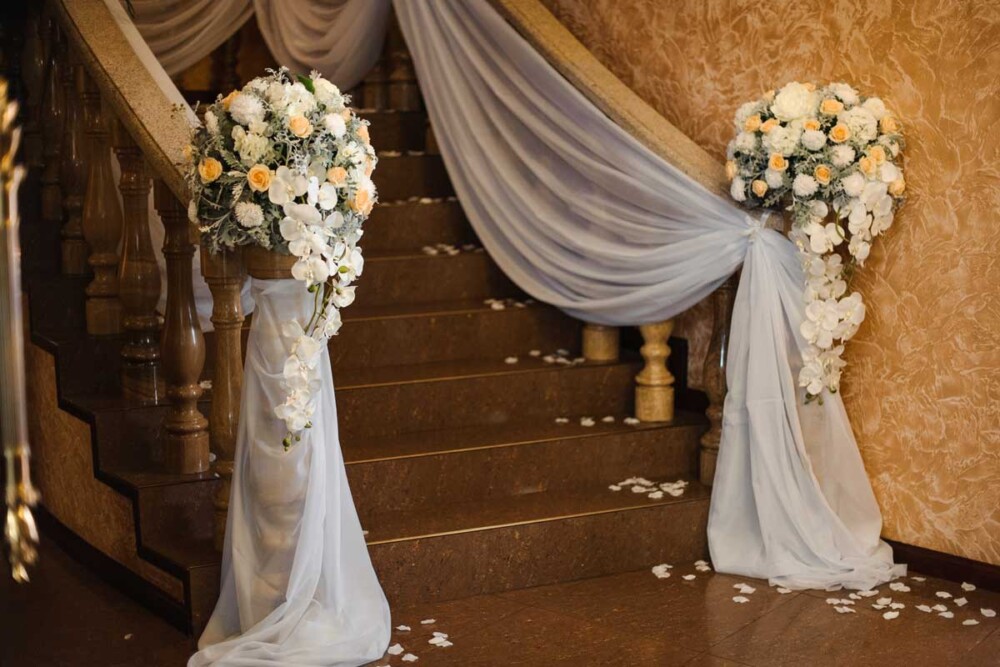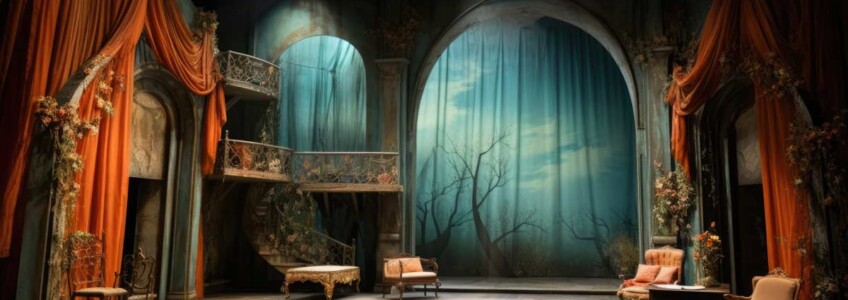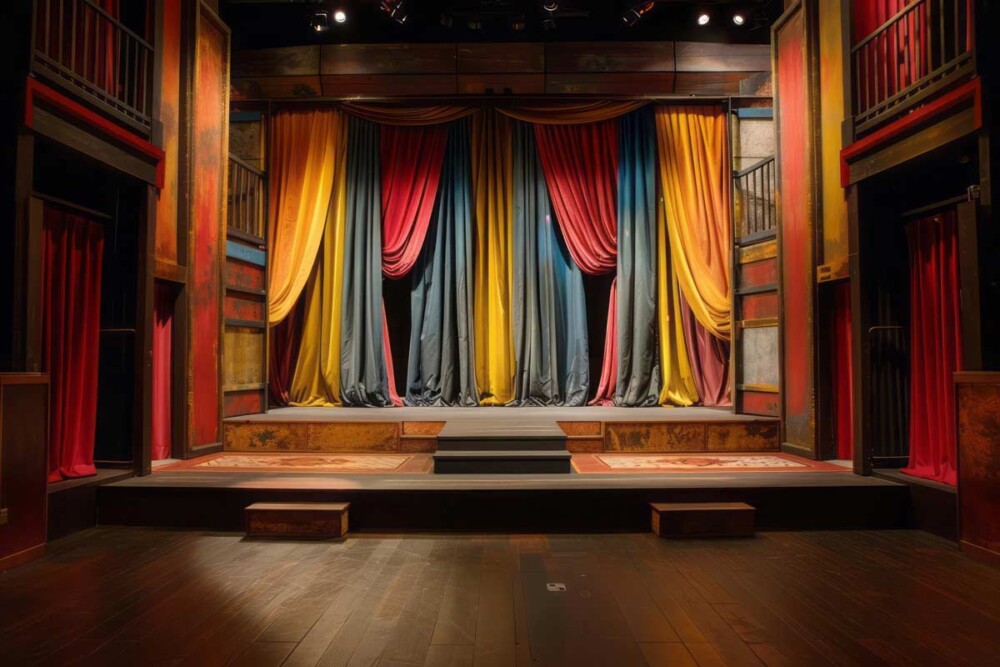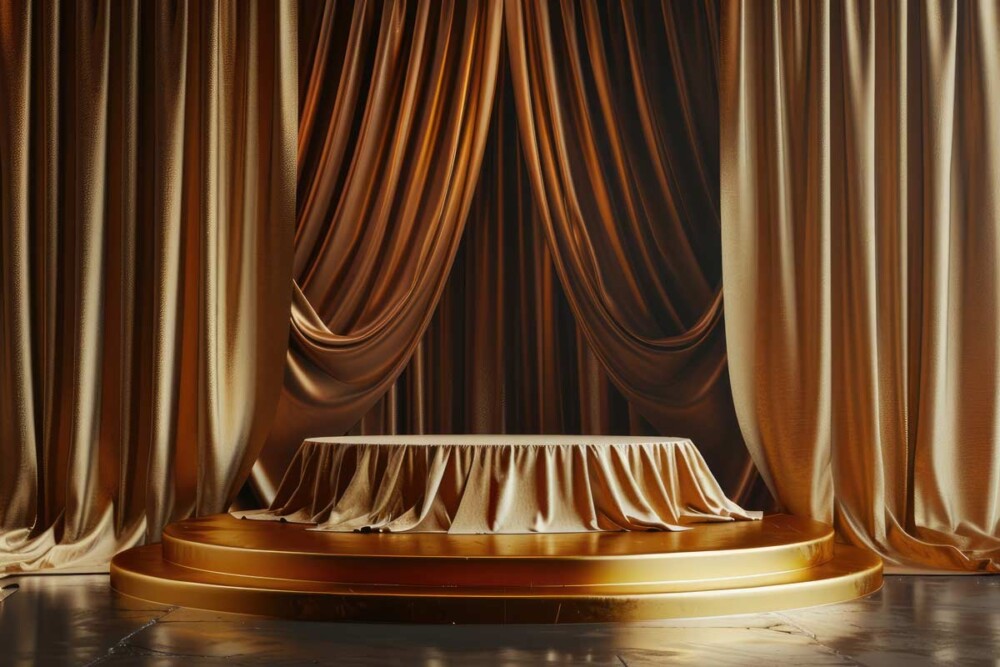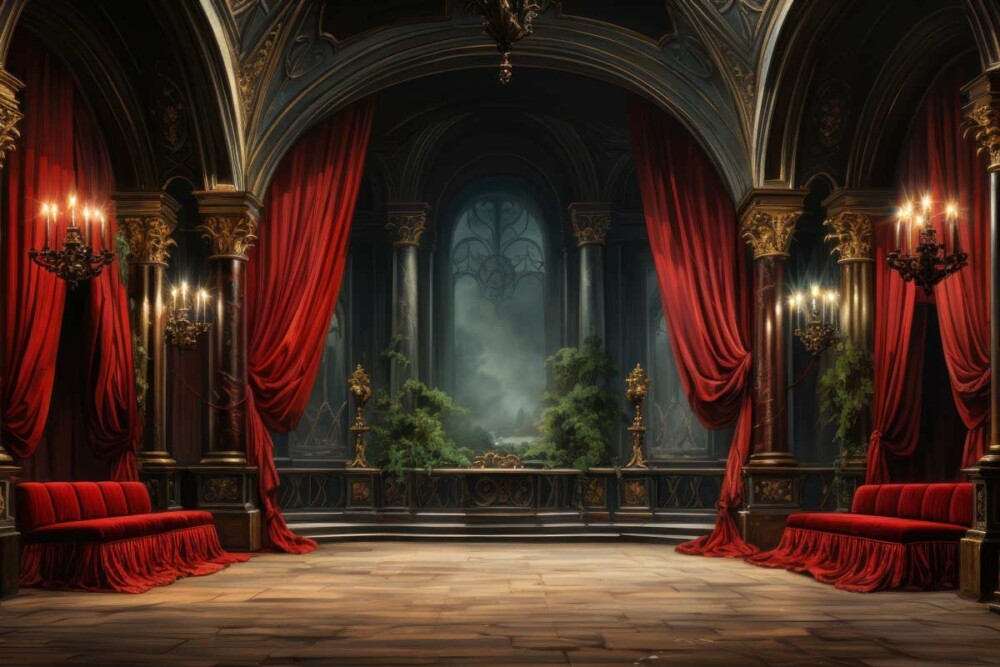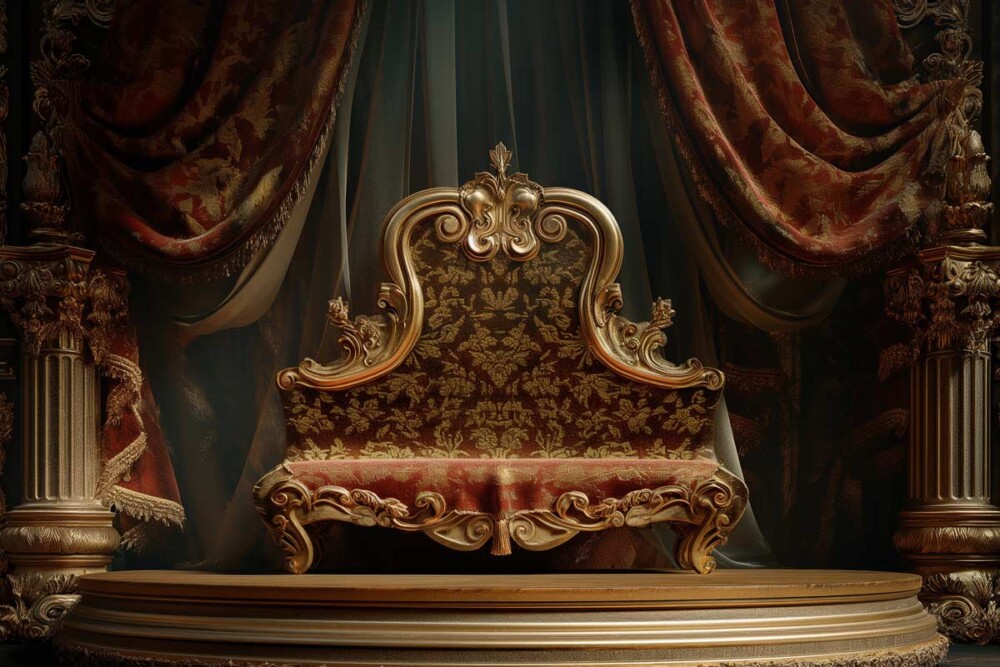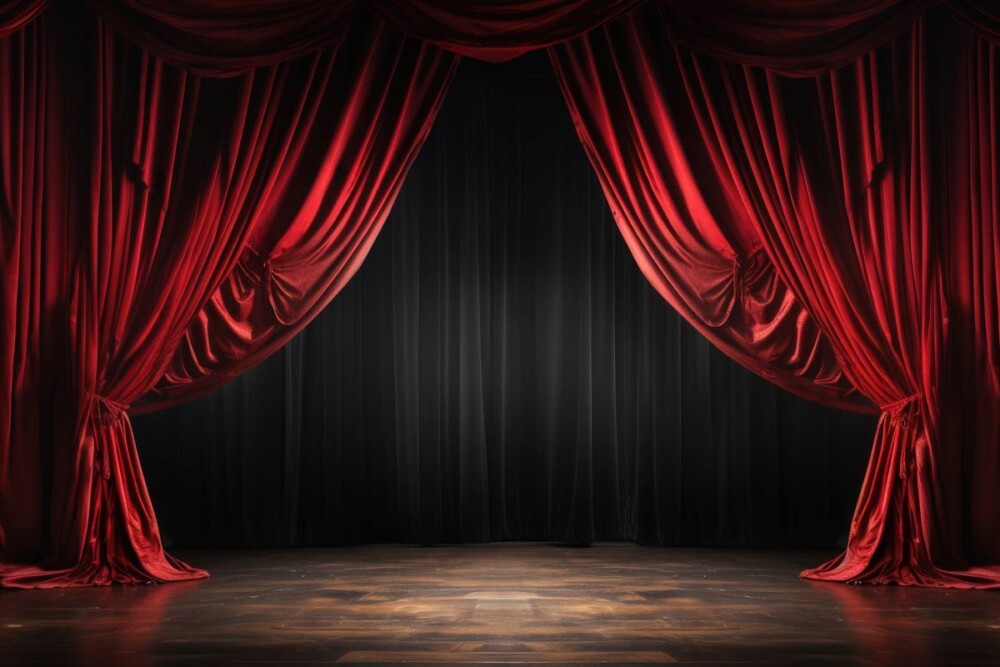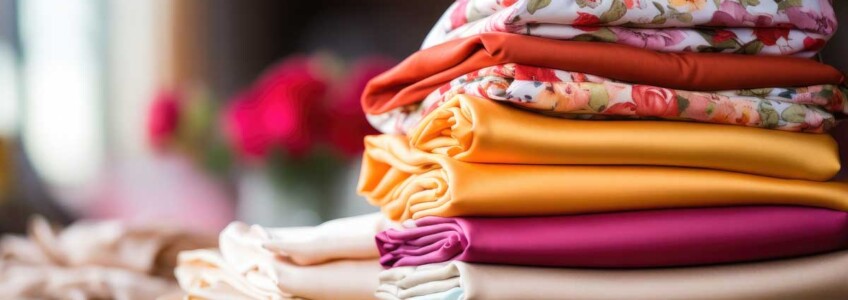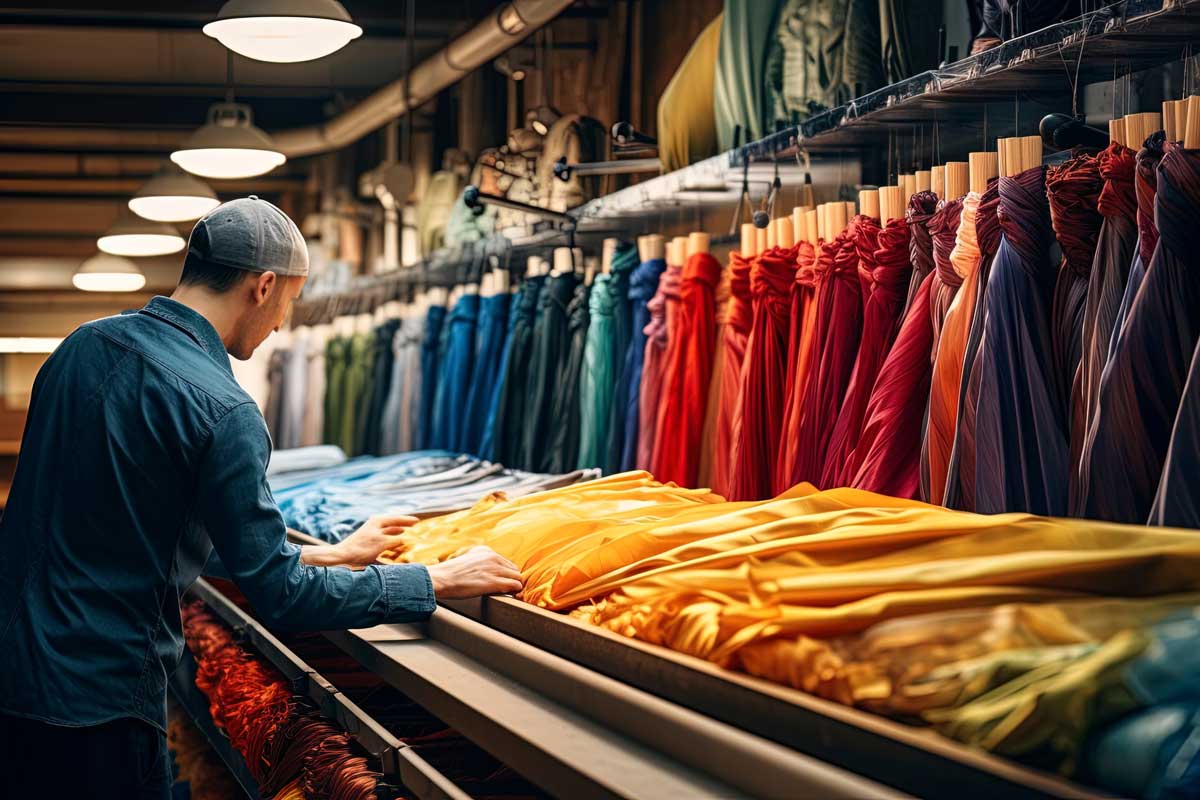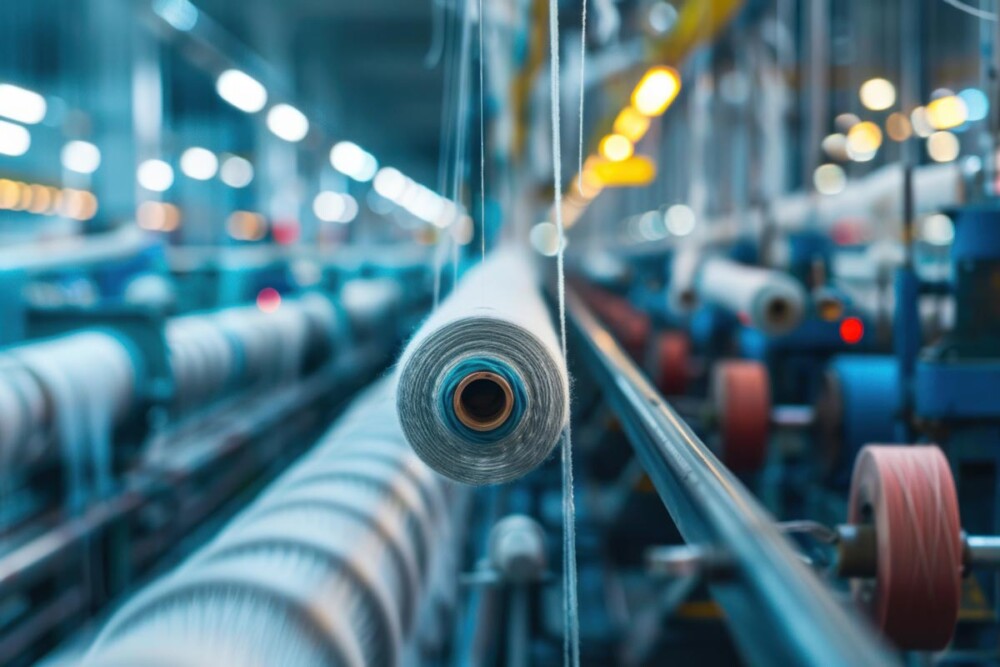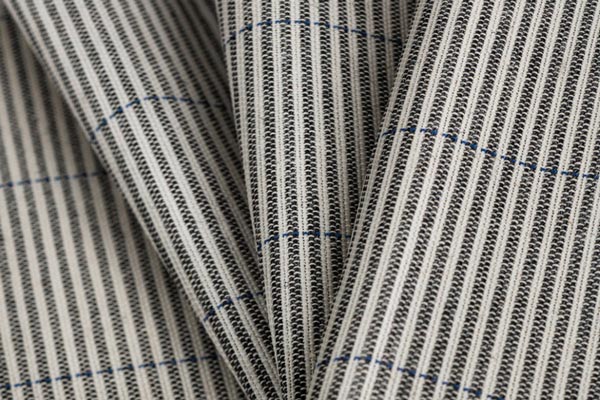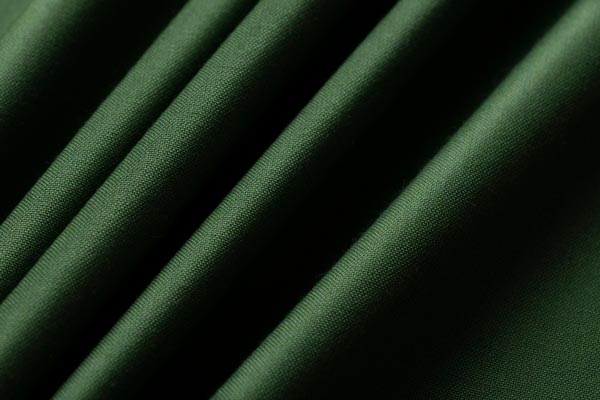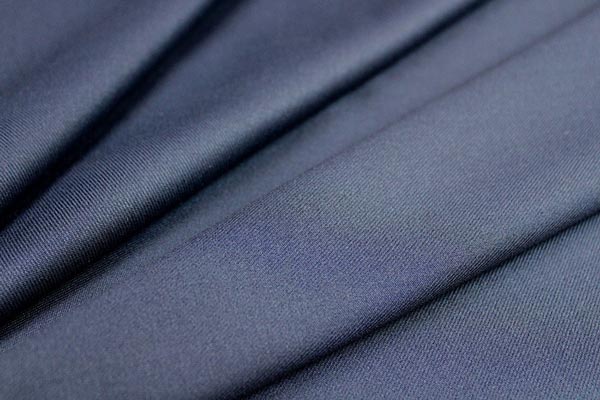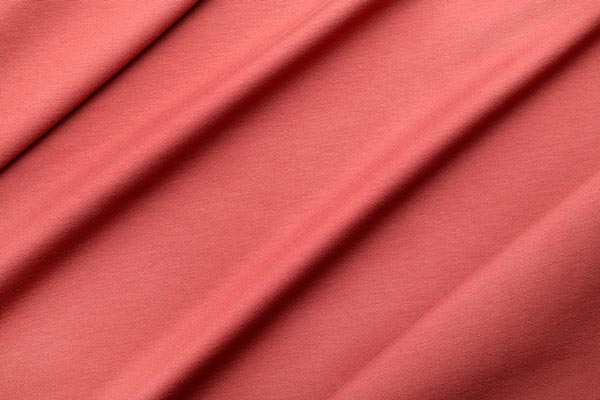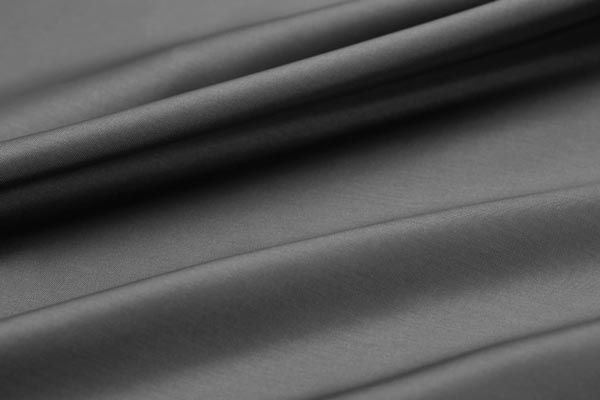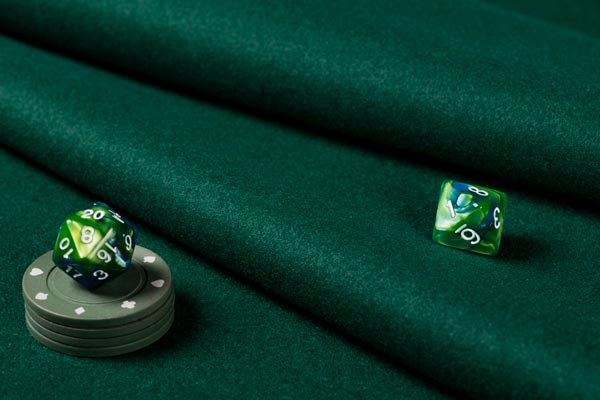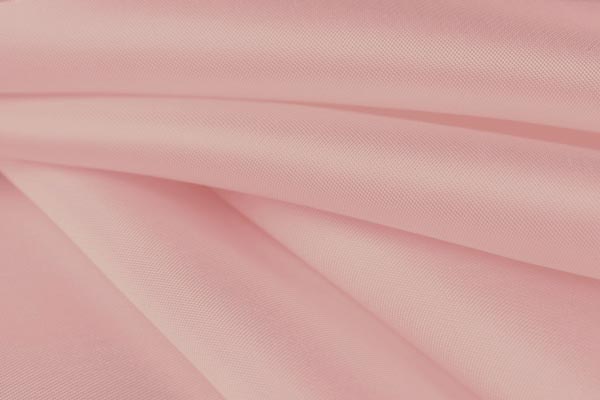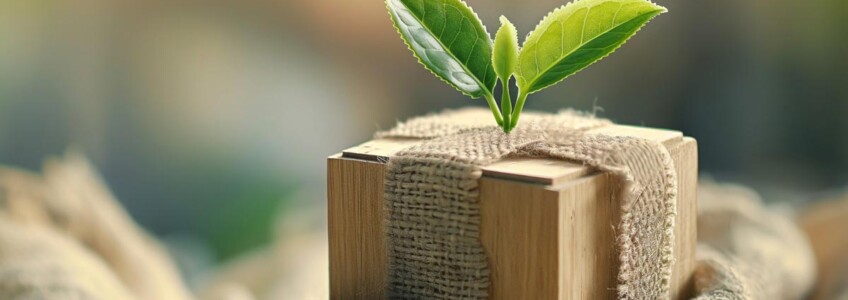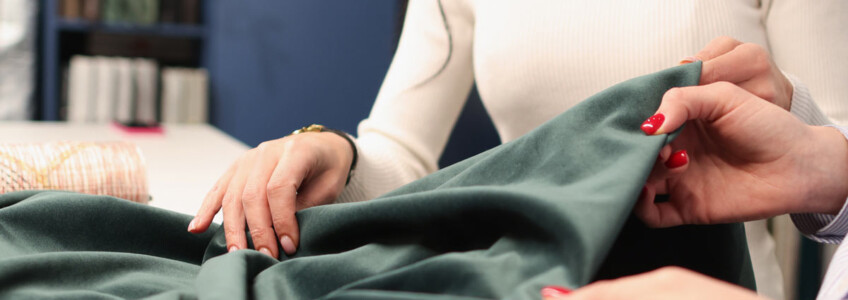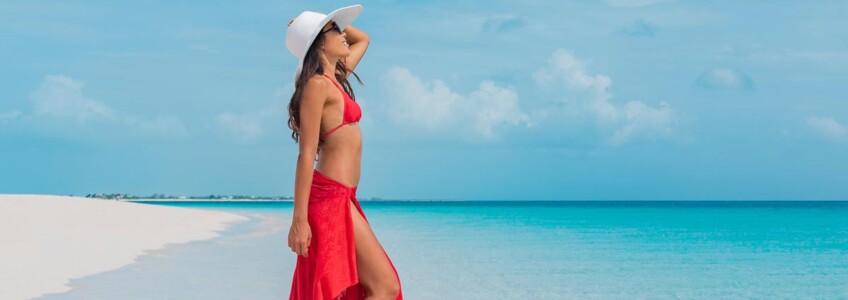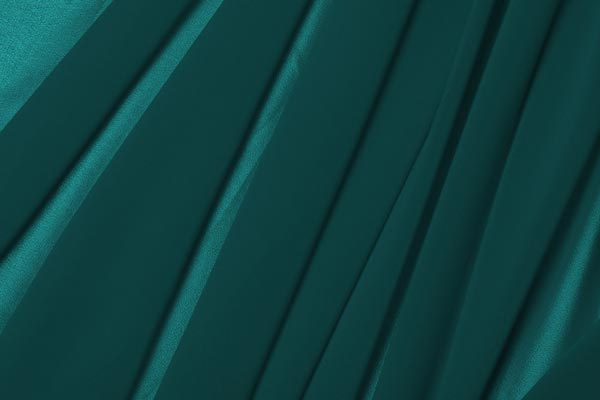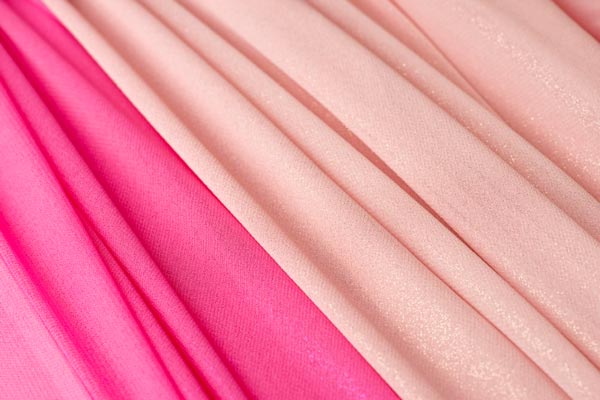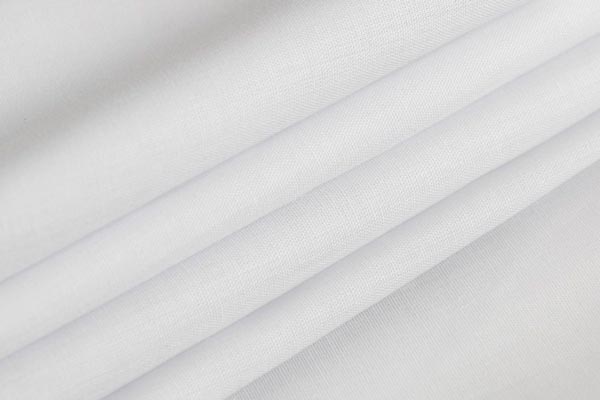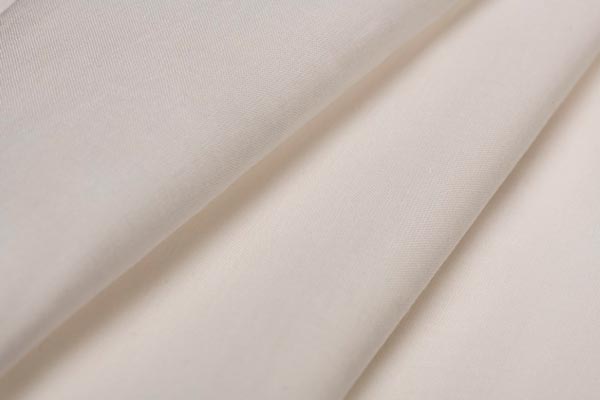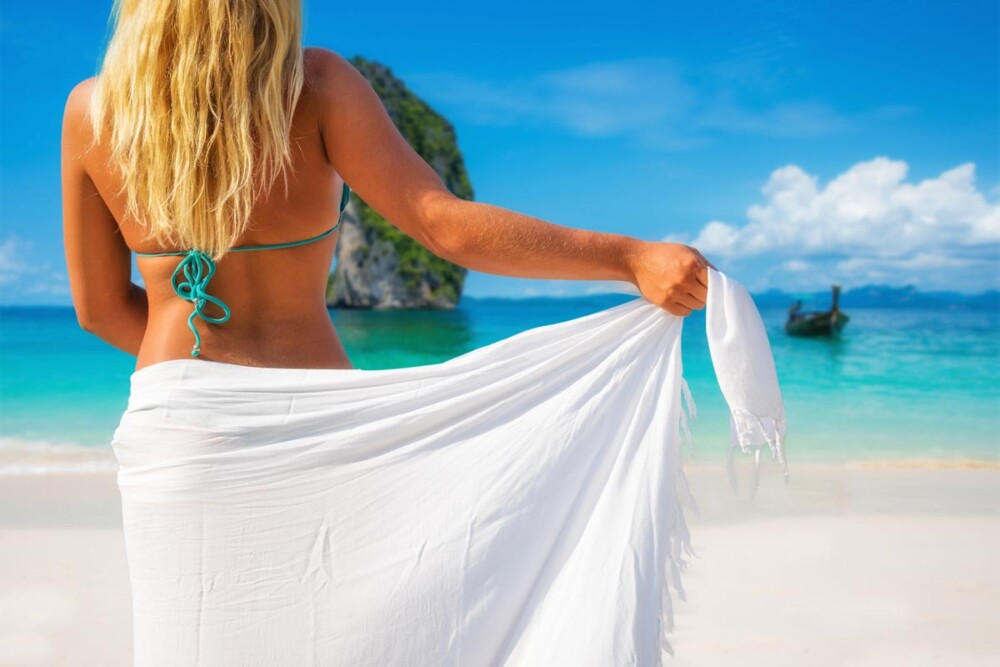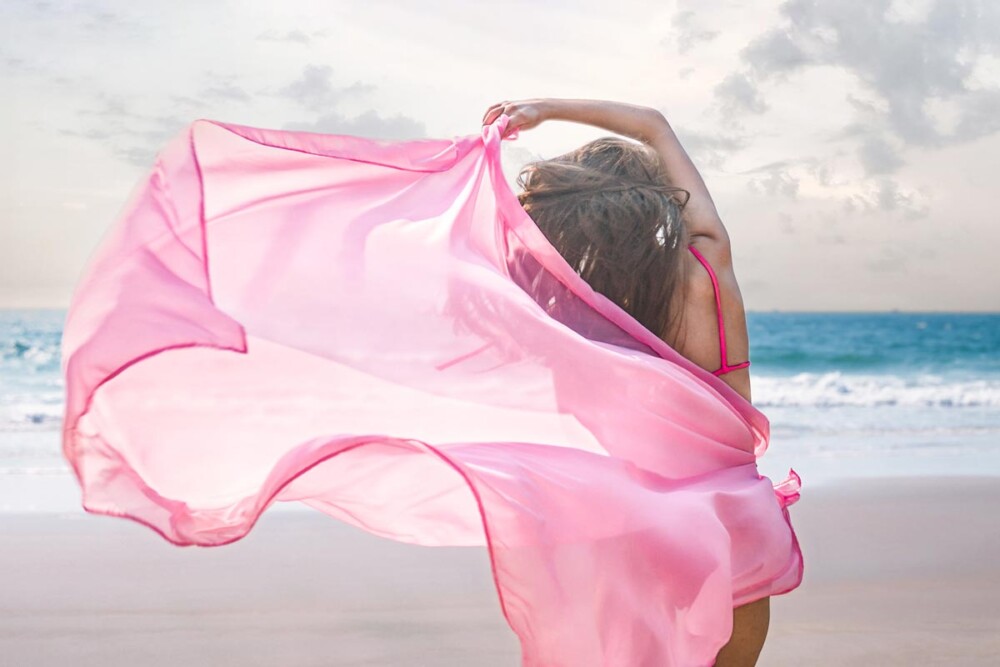Autumn is a magical season, capable of transforming any room into an oasis of warmth and intimacy. The temperatures drop, the leaves change color and the atmosphere becomes perfect to renew your home or your local with seasonal decorations. Thanks to Cimmino fabrics you can take inspiration from original ideas to create elegant and cozy autumn settings, perfect for transforming any space with a touch of style. Learn how to harness warm colours, soft fabrics and natural elements for a guaranteed wow effect.
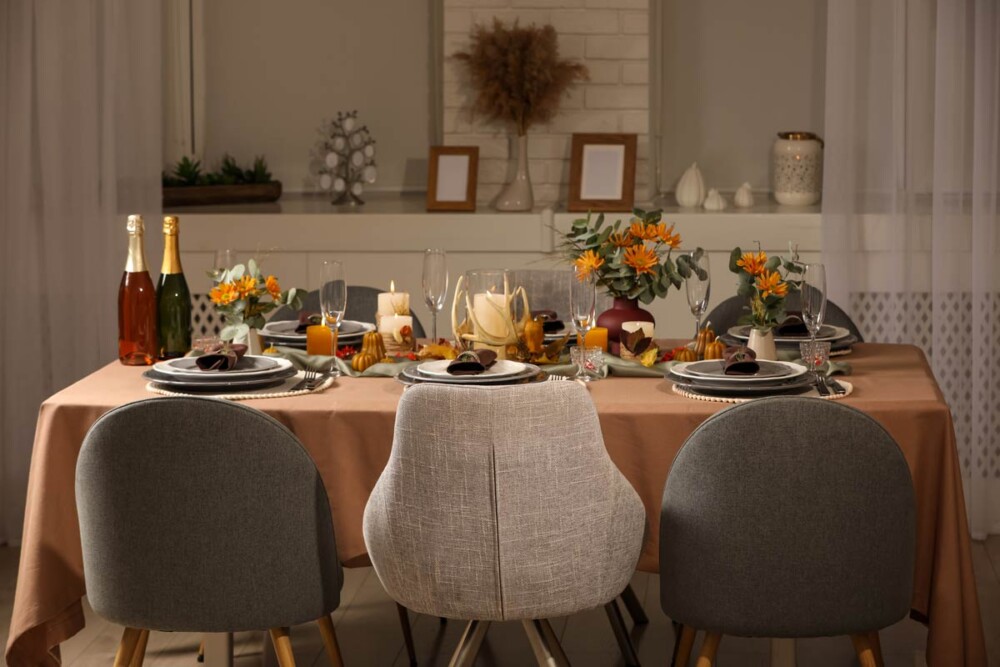
Autumn colours: how to use them to create warm and welcoming atmospheres
The autumn colors are the real protagonists of this season. The shades reminiscent of falling leaves – orange, brown, mustard yellow and burgundy red – are ideal for creating a warm and welcoming environment. You can start with small details, such as pillows and plaids, then add furnishing accessories such as curtains, carpets or tablecloths in these colors.
A suggestion is to combine various shades of a single color for a tonal effect that gives depth and harmony to the environment. If you prefer something more bold, you can combine these autumn colours with neutral tones such as beige, cream or light grey to balance and illuminate the space without weighing it down.
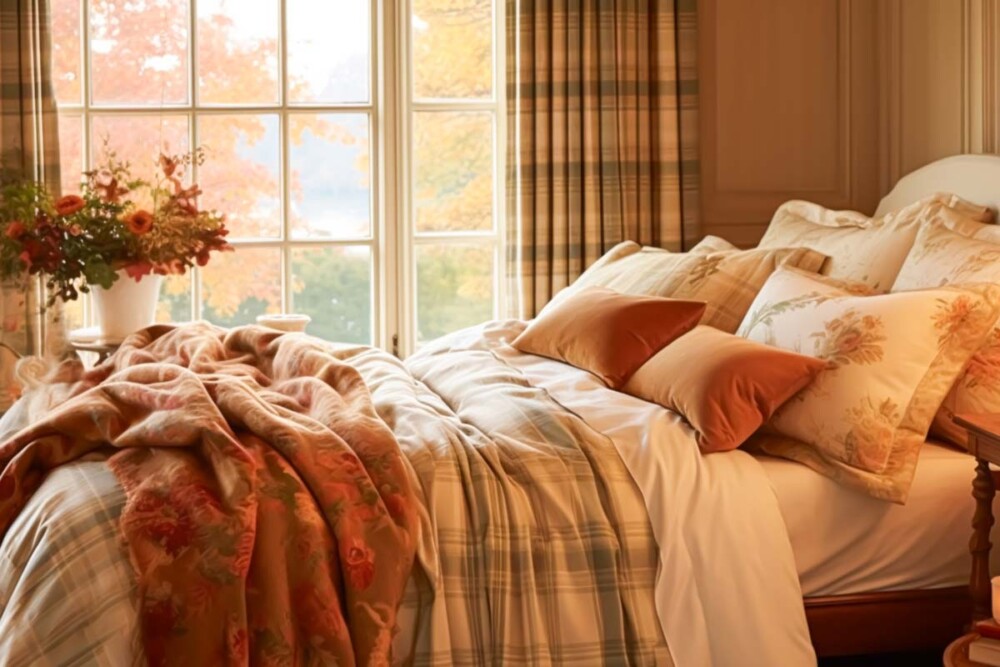
Interior design ideas: DIY decorations with leaves and pumpkins
Bringing nature into the home is one of the easiest and most effective ways to decorate in autumn. The dried leaves and pumpkins are two easily found elements that can become protagonists of original DIY decorations. Create felt garlands with colored leaves to hang on the doors or along the ladder. Pumpkins, large or small, can be painted or left in the natural and used as a centerpiece or placed on shelves and window sills.
A creative idea is to fill glass jars with pine cones, chestnuts and dry branches, perhaps adding LED lights for a magical touch. For a more sophisticated setting, try painting the pumpkins with metallic colors such as gold or copper, perfect to give an elegant touch to your environment.
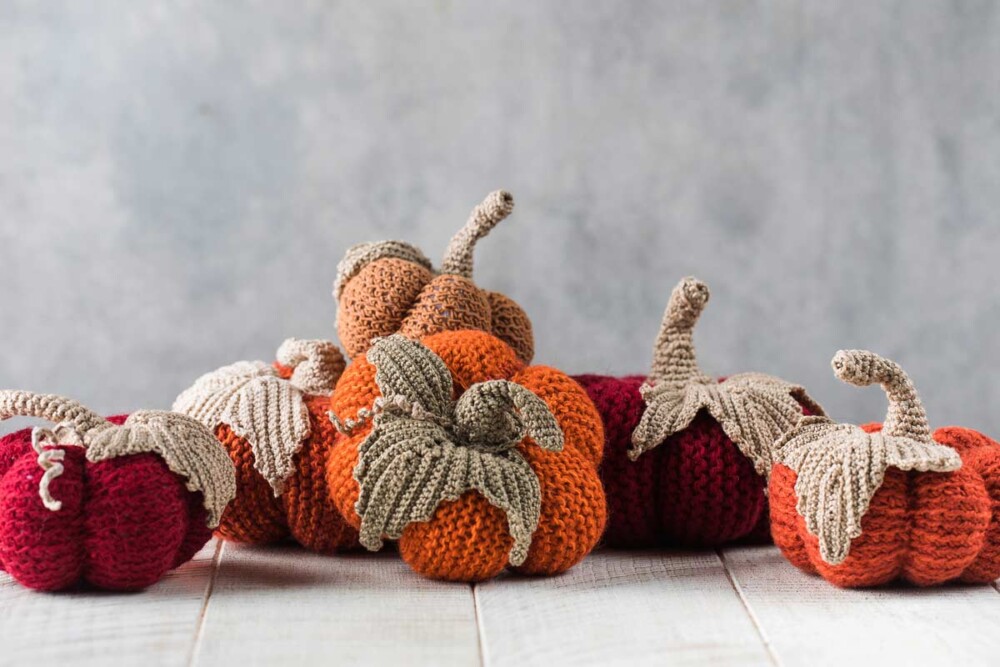
Autumn plants and flowers to decorate home and office
Even in autumn, plants and flowers can help create a welcoming and lively environment. Choose typical autumn plants such as cyclamen, heather or hydrangeas, which with their warm colours add a touch of freshness and vitality to the interior spaces. You can place them in terracotta pots or wicker baskets, creating small green corners in the house or office.
For a more elegant look, opt for floral arrangements in tall and narrow pots, perhaps paired with dried branches and decorative berries. Also the fabrics in floral patterns that recall the typical plants of this time of year can be an excellent choice to give movement and dynamism to environments, especially in offices or commercial premises.
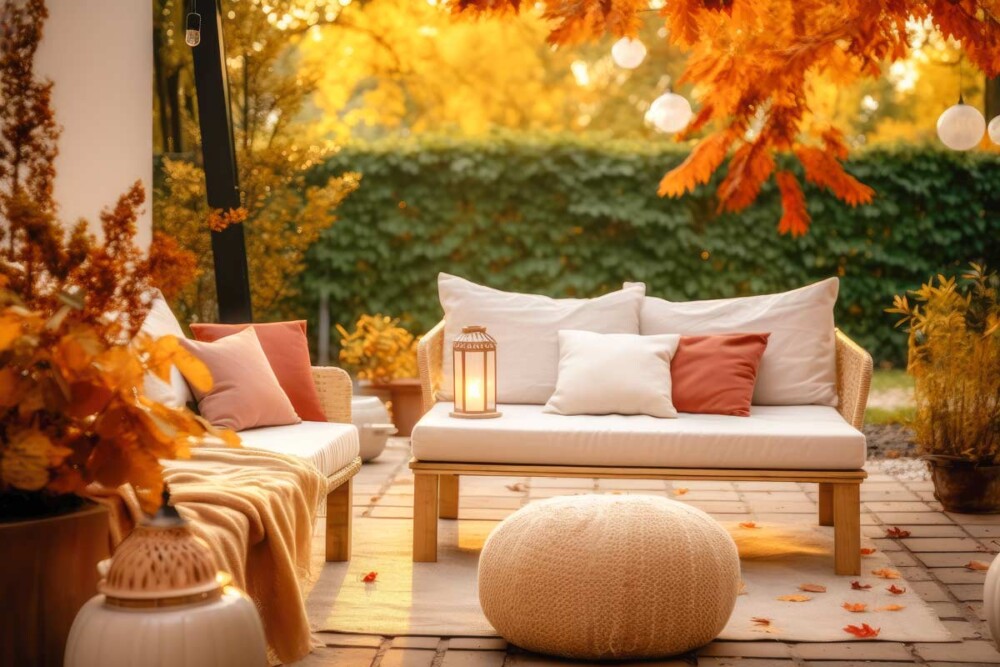
How to use fabrics and plaids for a perfect autumn setting
Textiles play a key role in autumn settings, especially if you want to create a warm and welcoming atmosphere. Soft plaids, wool blankets and velvet fabrics are perfect to enrich sofas, armchairs and beds. Opt for fabrics in autumn tones, perhaps with checkered or striped patterns, to add a touch of rustic and cozy style.
Don’t forget to also use long pile rugs or woven rugs that add a sense of comfort and warmth to the floors. A strategic choice is to play with layers of different fabrics: a wool plaid on a light bedspread, for example, creates an interesting and functional visual effect to face the first autumn cold.
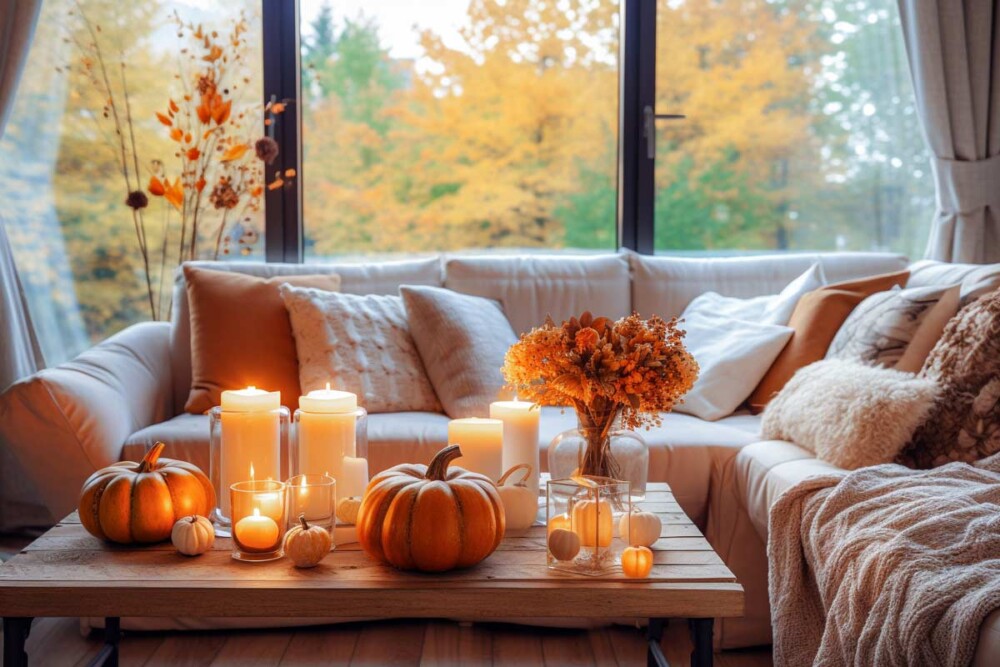
Autumn centerpieces: pumpkins, cones and candles for a themed table
The table is the heart of the house, especially in autumn when you get together with friends and family to enjoy warm and comforting dishes. An autumn centerpiece is the ideal way to celebrate the season and make every meal a special moment. Pumpkins, large and small, are perfect to decorate the center of the table. You can combine them with pine cones, branches of berries and candles to create an elegant mix of natural elements and soft brightness.
For a touch, use cinnamon or vanilla scented candles to place on the runner that covers part of the table: they will add not only a pleasant aesthetic, but also an enveloping aroma that will recall the autumn atmosphere immediately.
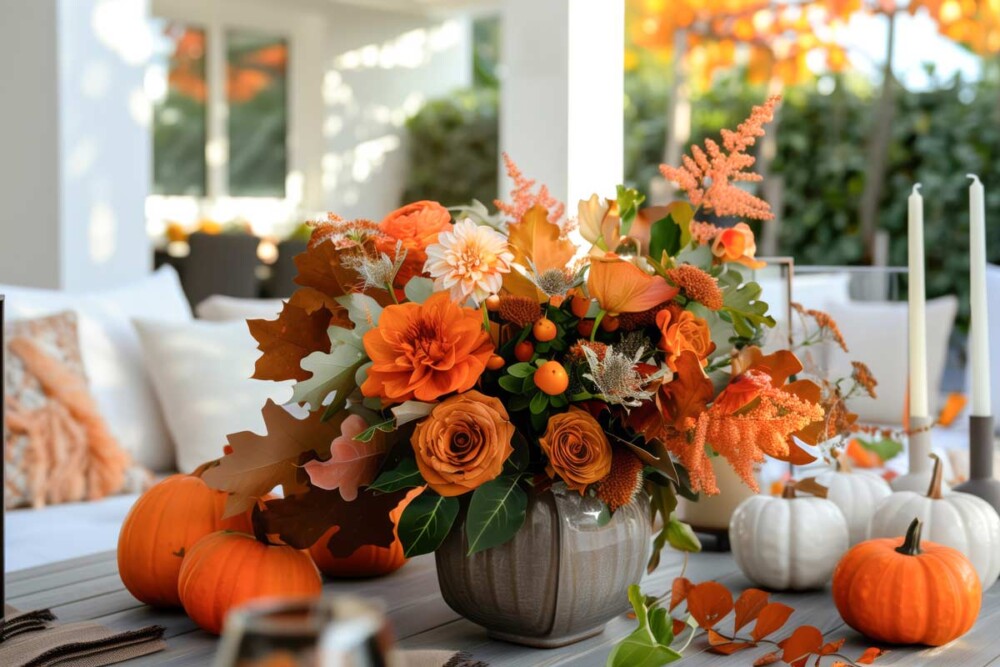
Autumn window displays: tips for shops and clubs
If you run a shop or a venue, the showcase set up in autumn is an excellent opportunity to attract new customers and create a welcoming atmosphere that invites them to come in. For a dramatic autumn look, use natural elements such as leaves, dried branches and pumpkins, alternating with warm, soft fabrics like velvet or cotton.
An interesting idea is to create a background with warm colors, perhaps with a light and transparent texture, which will give depth to the window. Add bright details such as LED lights and candles to emphasize the products on display and make it more inviting.
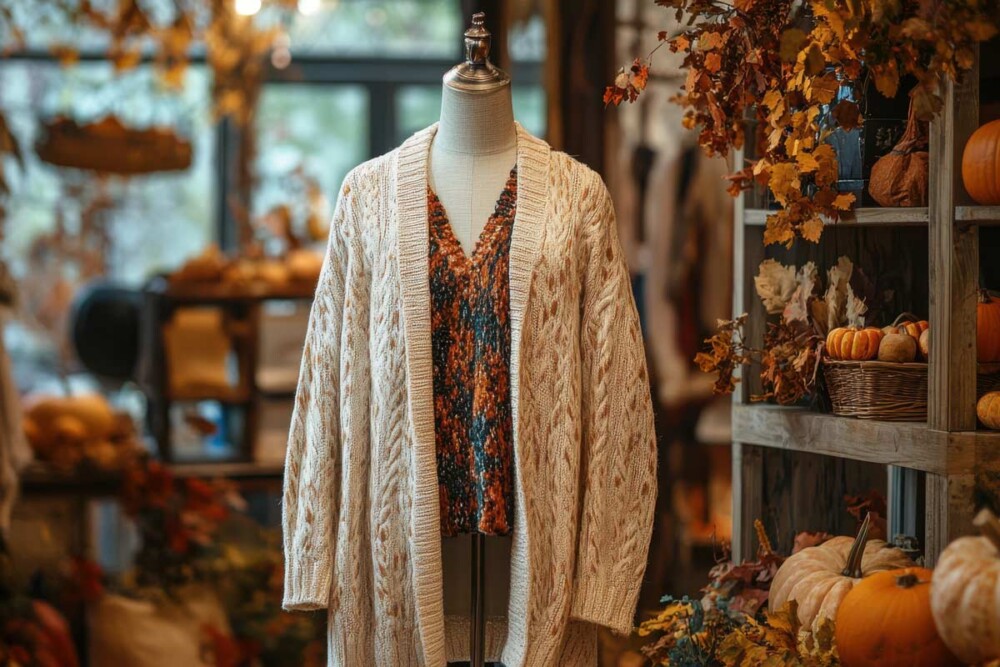
Beautify the outside: decorations for terraces and balconies in autumn
Outdoor spaces can also be transformed with an autumn layout. Terraces and balconies, often overlooked with the arrival of the first cold, can instead become cozy places to relax. Use warm, durable cushions and blankets to create a comfort zone outside. Add lanterns and string lights to brighten up autumn evenings with a soft light.
Outdoor plants such as heather or ornamental grasses can be placed in decorative pots to add color and life to the balcony. If you have space, a small fountain or corner with candles and pine cones can complete the autumn atmosphere outdoors.
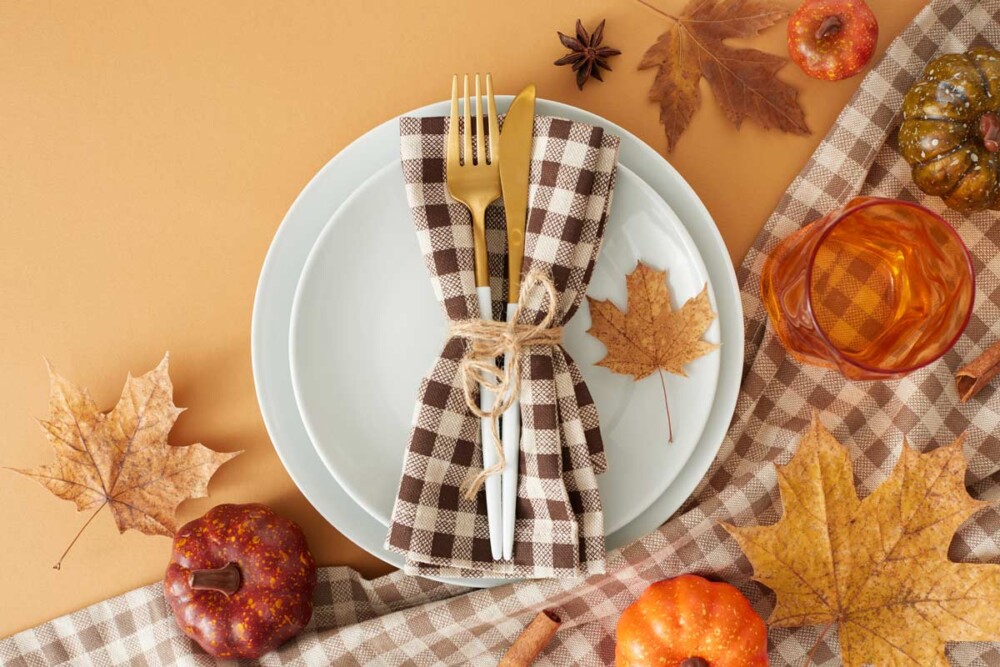
Autumn catering arrangements: simple and elegant solutions
For restaurants and clubs or for arrangements for an autumn wedding, this season is the perfect time to create a welcoming and inviting environment for customers. In addition to the centerpieces with pumpkins and candles, you can enrich the atmosphere with tablecloths and napkins in warm fabrics, such as linen or thick cotton, in typical shades of the season.
The hanging decorations with dry branches and led lights are perfect to create a soft and relaxing atmosphere, while corners decorated with autumn plants and flowers will give a touch of freshness and color to the space. The entrance of the room can also be decorated with autumn elements, creating a kind of anticipation of the atmosphere that will be found inside.
Autumn is the perfect season to renew your spaces with elegant and welcoming settings. Thanks to warm colours, soft fabrics and natural elements, you can transform any room into an oasis of comfort and style. Whether it’s your home, office or shop, autumn decorations offer endless creative possibilities.
The best autumn fabrics
Autumn brings cooler temperatures and a change of style that requires soft, warm and durable fabrics. When it comes to autumn fabrics, quality and versatility are key to ensuring comfort and style. Here is a selection of the best fall fabrics for the autumn season available on the Cimmino catalogues, each with its own unique characteristics.
Tessuto Tasmania
The Tasmania fabric is made with a combination of polyester (62%), viscose (25%), wool (8%) and elastane (5%). This mix gives the fabric softness, comfort and a slight elasticity, making it perfect for jackets, scarves and trousers.
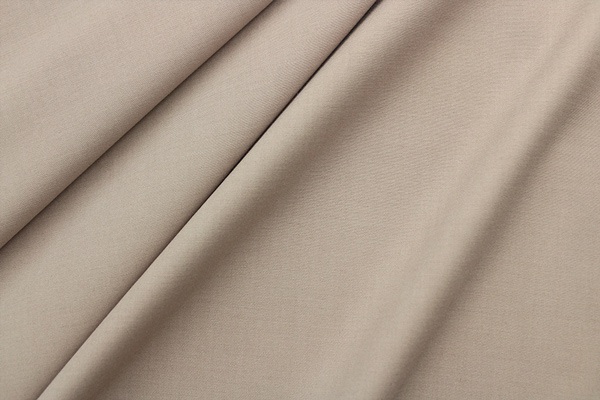
With a weight of 370 gr/mtl (250 gr/sqm) and a height of 148 cm, this fabric boasts a twill effect finish that makes it elegant and versatile. In addition, its OEKO-TEX® STANDARD 100 certification guarantees safety and quality in materials, making it suitable even for the most sensitive skins.
Tessuto Mirella Mano Lana
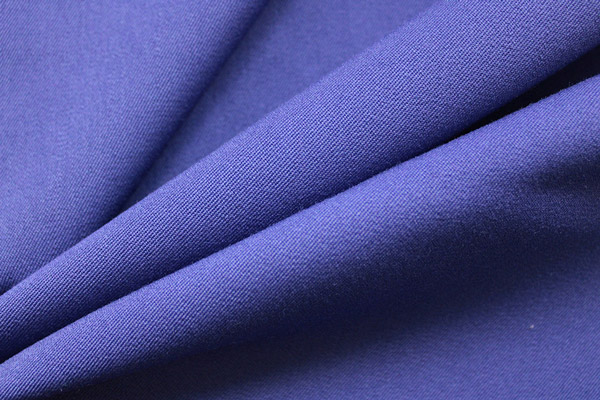
The Mirella Hand Wool Fabric is a great option for those looking for a fabric that mimics the feel of wool while being made from polyester (73%), viscose (22%) and elastane (5%). This fabric is characterized by its softness to the touch and a slight elasticity that makes it ideal for comfortable and versatile garments, such as skirts, trousers and lightweight jackets.
With a height of 147 cm and a weight of 382.5 gr/mtl (260 gr/sqm), it stands out for its ability to maintain a good fit and an elegant appearance. The OEKO-TEX® STANDARD 100 certification ensures safe and environmentally friendly materials.
Jeans El Harlem 10,5 Oz
The El Harlem 10.5 OZ Jeans is a denim fabric made of 98% cotton and 2% elastane, which offers resistance and flexibility. Its height of 150 cm and the weight of 445.50 gr/mtl (297 gr/sqm) make it perfect for creating tight and comfortable garments.
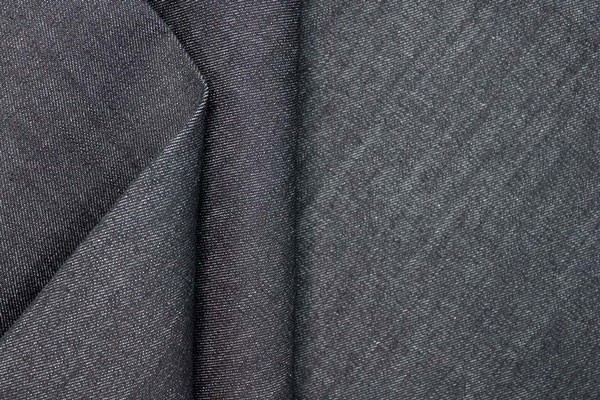
The fabric has a combined finish, making it ideal for making denim pants, jackets and shirts that are suitable for autumn temperatures. In addition, its composition allows multiple washes without altering the structure of the garment.
Fresco Valentina Extra
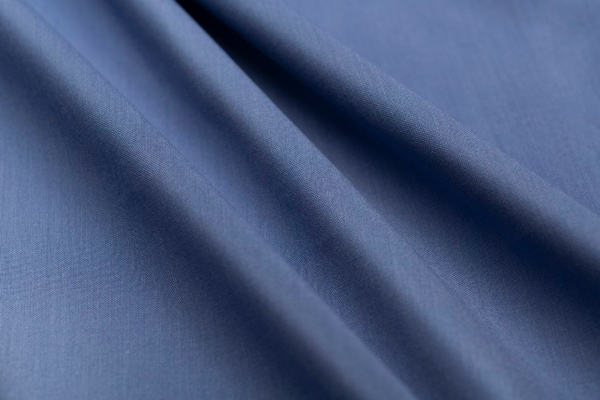
Fresco Valentina Extra is a fabric made of polyester (65%) and viscose (35%), perfect for the creation of suits and classic work suits, both male and female. The fabric is characterized by dark tones and a height of 148 cm and a weight of 265 gr/mtl (180 gr/mq).
The smooth finish and light structure make it ideal for elegant dresses to wear on cooler autumn days, giving a refined and professional look.
Tessuto Afrodite
The Afrodite fabric is distinguished by its softness and modelability, thanks to the combination of viscose (70%), polyamide (25%) and elastane (5%). Its height of 145 cm and the weight of 500.25 gr/mtl (345 gr/mq) ensure a good consistency and an excellent fall.
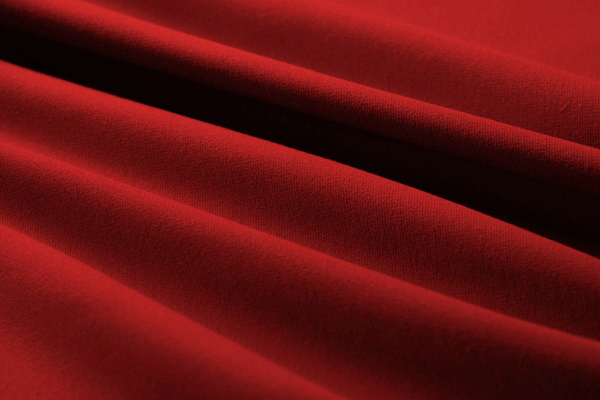
The OEKO-TEX® STANDARD 100 certification guarantees the safety of the materials used, making this fabric perfect for a stylish and practical autumn wardrobe.
Now it’s your turn: discover our collection of fabrics and materials for autumn to make the perfect set-up! Visit the website of Manifattura Foderami Cimmino and get inspired by the many ideas to make your spaces unique and welcoming during this wonderful season.



